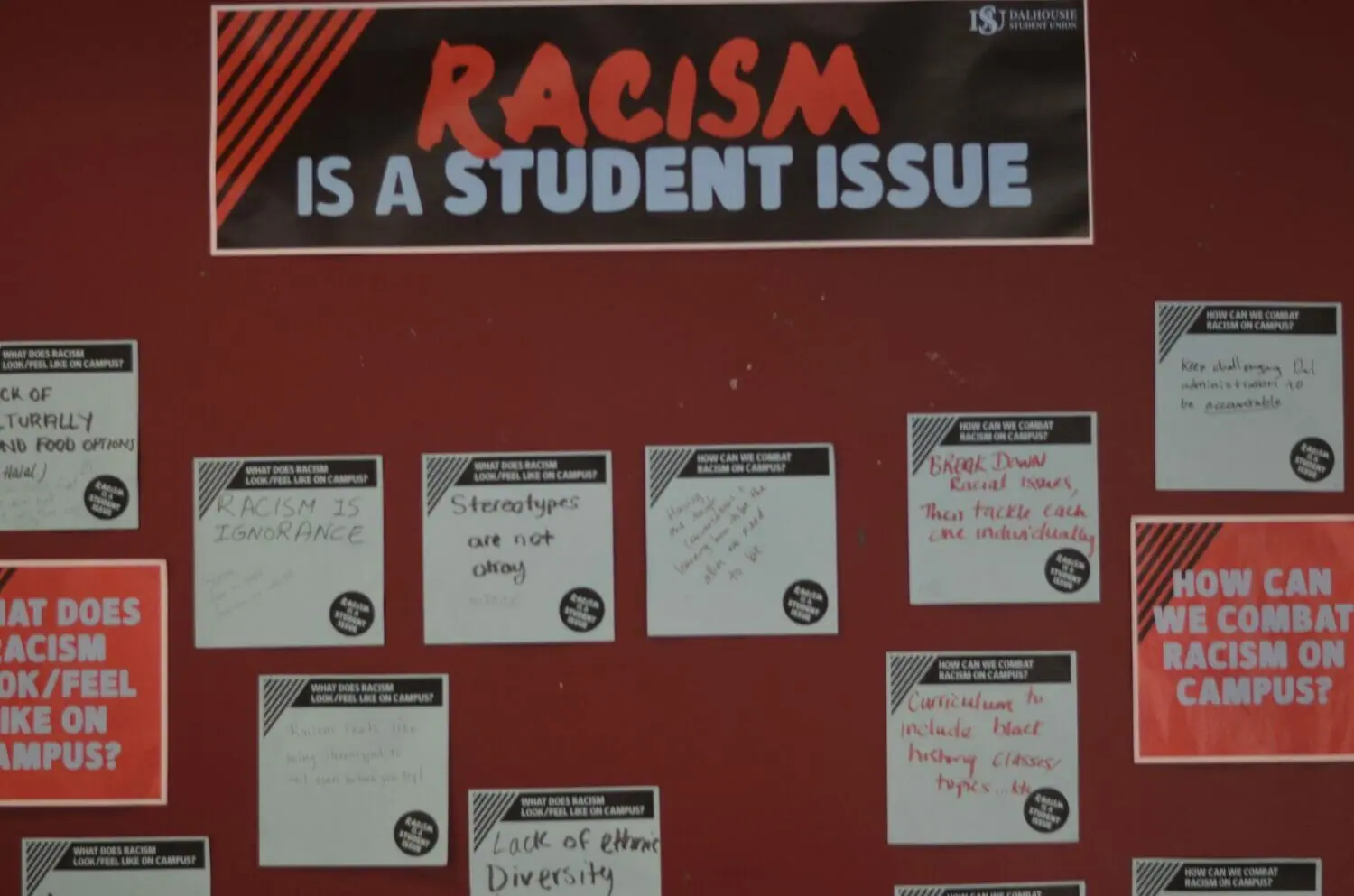Diversity is a buzzword often used in educational institutions’ advertisements and recruitment campaigns. Dalhousie University is no exception.
The university’s online presence provides prospective students and staff with images and features of students with diverse identities, implying that Dal is a place where diversified opinions and ideas prevail.
The mere existence of this diversity may be a starting point, but it’s only the first step towards building a community where every student and staff, regardless of who they are, where they are from, or what they believe in feels a sense of belonging here.
Dalhousie’s Diversity and Inclusiveness Strategy shows the university recognizes that diversity and inclusiveness work hand-in-hand, and it’s imperative that the faces shown in the advertisements have their ideas and opinions included in conversations held on campus.
Diversity at Dal is vital for students to get a glance at the different identities in our society. Having an all-embracing community further encourages students to better the world beyond campus.
In its 200 years, Dalhousie has rightfully made changes to widen its doors for students and staff of various backgrounds and identities.
According to the university’s timeline, women could be admitted with equal access to scholarship and awards since 1881. Since then, the female representation in undergraduate enrolment has increased to 55% in 2016.
There have been great changes in the representation of racially visible students since the first black graduate, James Robinson Johnston received his law degree in 1898; now, there are students of different races and ethnicities from over 115 countries attending Dal.
The land acknowledgment statement and permanent raising of the Mi’kmaq flag in 2016 show the progress that’s being made in respecting the land that the school stands on as well. There have also been advances in accommodating students with disabilities, religious obligations and any other barriers that require assistance since the Mark A. Hill Accessibility Centre’s opening in 2008.
These milestones are important to recognize and celebrate. The acknowledgment of past accomplishments gives reason to believe that diversity goals are attainable.
But it’s important to highlight that the increase in representation has only succeeded in showing the existence of different groups of people. There’s much more to be built on this foundation.
On campus, there are resources available to the Dalhousie community which embrace differences and provide support to students of various backgrounds.
The Human Rights & Equity Services run campaigns such as Respect Week which highlight the importance of inclusivity and supports any member of the Dal community. The Black Student Advising Centre, Indigenous Student Centre, and LGBTQ2SIA+ Collaborative provide spaces where vulnerable folks can seek advice and support from peers and mentors as they balance university with personal-identity-related emotional labour.
These are much-needed spaces, as it’s undeniable that despite the improvement in diversity, we are still a long way from ensuring that everyone feels an equal sense of belonging at Dal.
Students and staff in these spaces don’t always feel the same level of acceptance in the larger Dal community. We need to focus on ensuring a sense of support at Dalhousie as a whole.
The ways in which people of different backgrounds and identities occupy space on campus reflect Dalhousie’s attitudes towards their voices and how their concerns are addressed. Student leadership and professor diversity are vital. They provide a platform for a range of opinions to be amplified.
The Be Counted campaign in 2016 has shown the progress in staff representation of various groups such as women and racially visible persons, creating a more diverse group of educators. This is an asset to Dal students because educators’ identities shape their experiences, which in turn frame their understanding of the world.
The knowledge that we gain from a diverse group of professors’ experiences is multi-dimensional and increases students ability to analyze issues from various angles.
The Dalhousie Student Union’s executive being a woman-majority team led by President Amina Abawajy, the first black Muslim woman on the DSU’s executive team has also shed light to many issues concerning inclusivity on campus.
Dalhousie’s recent shift towards paying more attention to issues concerning gender, race, and religion shows that when the voices of marginalized communities are amplified, we are more likely to address issues that have been brushed under the rug.
When addressing diversity, it’s important to realize that universities shouldn’t be designed only to teach students what the world is like, but also to show them how they can better it. Dal’s responsible for educating future leaders to recognize when race, gender, religion or any identity-based prejudices take place in diverse communities and address these issues to make their community an accepting environment.
Diversity at Dal is only the first step in the process of building an inclusive environment that cultivates graduates who view differences as assets to utilize and not challenges to overcome.


Recent Comments